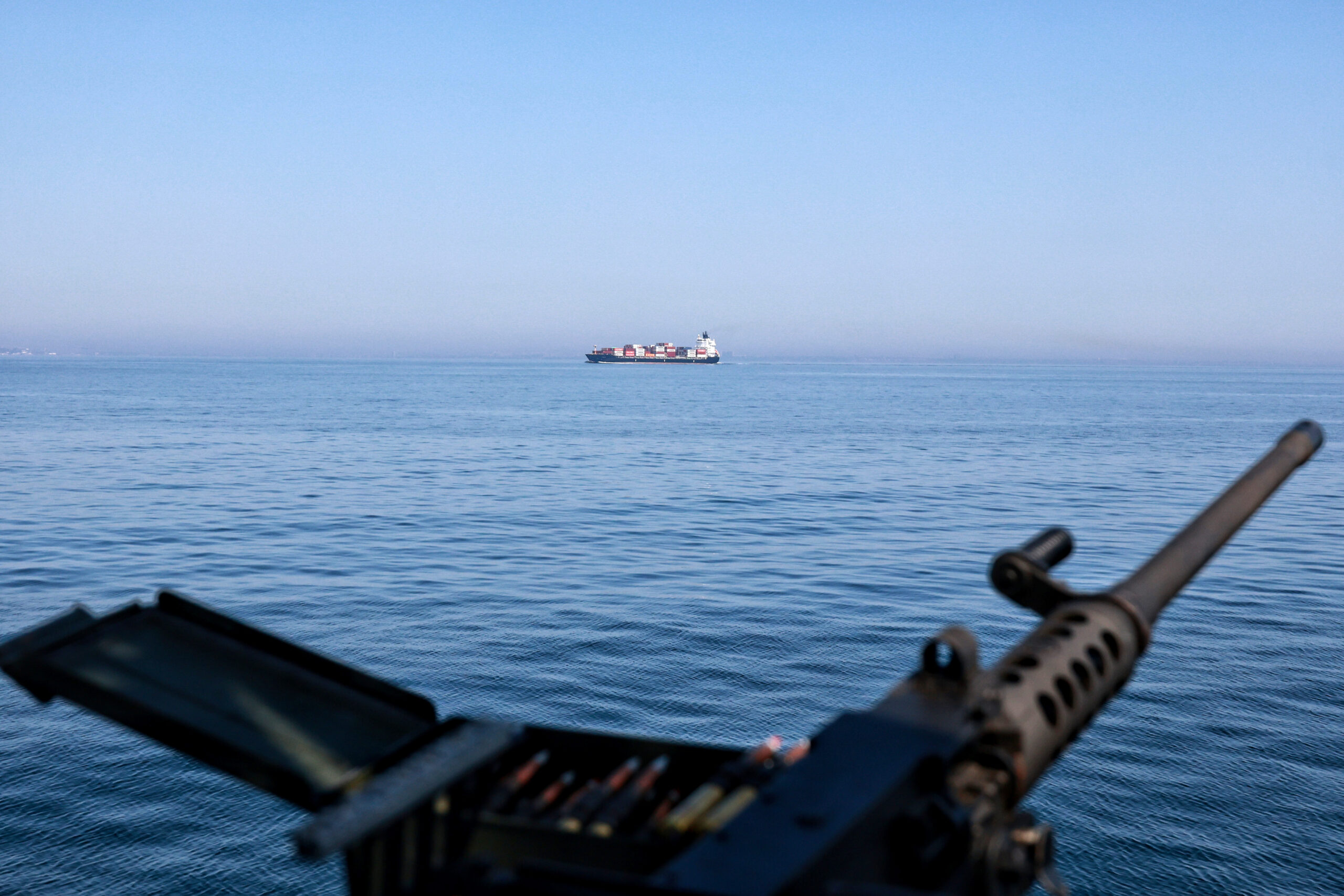Amid the ongoing conflict, Russia and Ukraine are engaged in an economic battle that could influence the outcome of the war. Despite the challenges, Ukraine’s economy has shown resilience. After a 29% GDP drop in 2022 due to the Russian invasion, Ukraine rebounded with a 5.5% GDP growth in 2023 and a further 3% in the following year. Although growth is expected to slow to 1.5% this year, the country has managed to maintain economic stability.
Ukraine’s success can be attributed to strong state institutions, particularly the ministry of finance and the National Bank of Ukraine. The country has also made strides in combating corruption, improving its ranking in Transparency International’s Corruption Perceptions Index from 142 in 2014 to 105 recently. EU accession demands and IMF conditions have driven these improvements.
For continued progress, Ukraine requires approximately $42 billion annually in external budget financing. In 2023 and 2024, full financing helped reduce inflation to 5%. Key factors for Ukraine’s economic future include maritime trade via Black Sea ports, which resumed effectively in September 2023, and a steady electricity supply, which remains critical despite disruptions caused by Russian attacks.
Russia faces similar economic challenges, with growth expected to slow to 1.5% this year and inflation at 10%. Both nations allocate significant portions of their GDP to military spending, impacting other sectors. Russia’s fiscal challenges are exacerbated by low oil prices and dwindling reserves.
Western support has enabled Ukraine to build a robust arms industry, but additional funding is crucial. Seizing frozen Russian assets could provide the necessary resources to sustain Ukraine’s efforts.
— new from Atlantic Council
